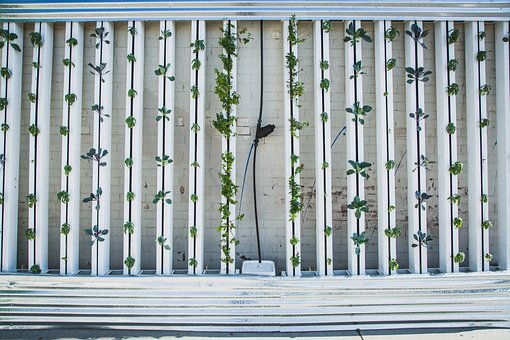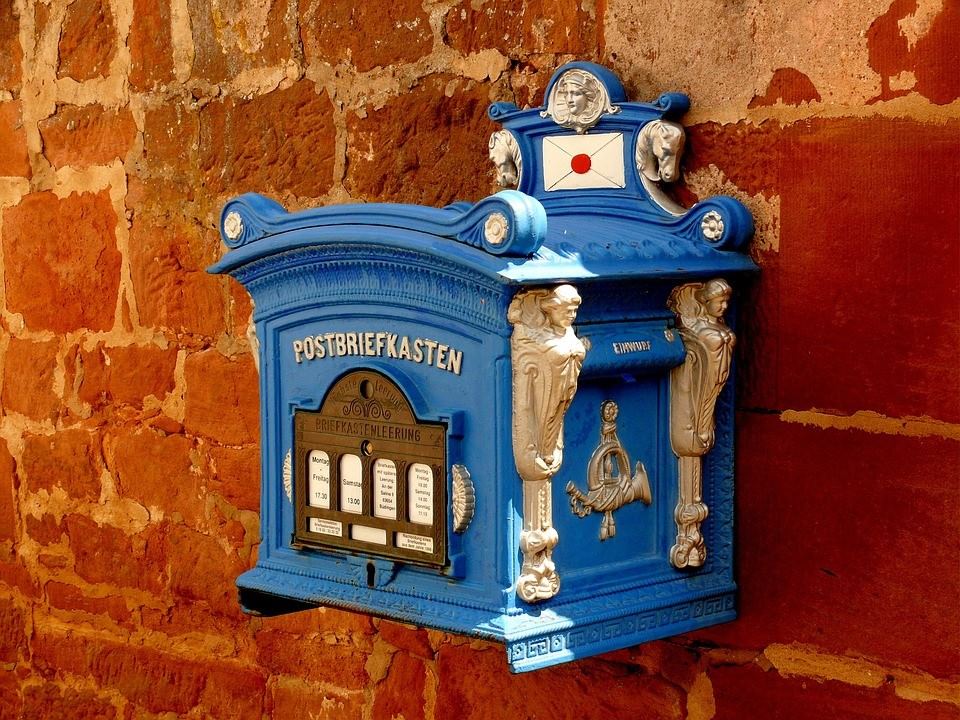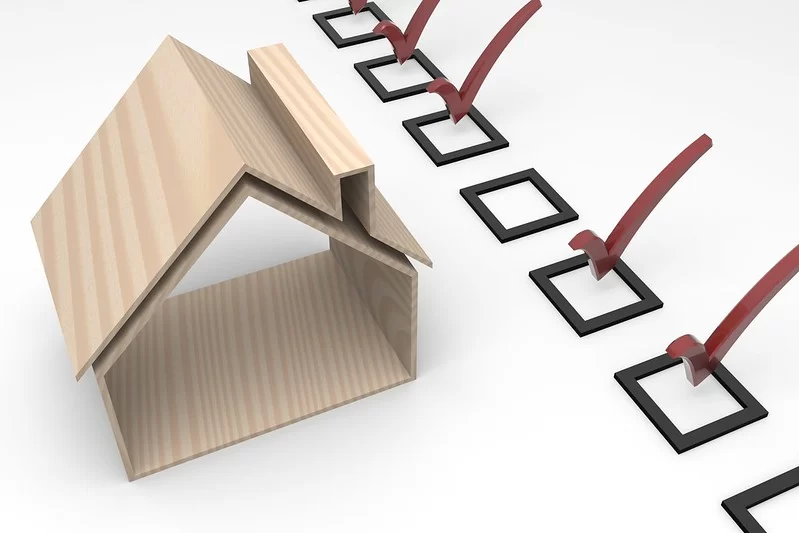Space gardening is a relatively new trend in the gardening world and for a good reason. With dwindling space on earth, more and more people are looking to space as a viable option for planting fruits, vegetables, and flowers.
While traditional gardening methods can still be used in space, some specific techniques work best in an environment with little to no gravity. Here are eight tips for maximizing your garden space in outer space.

1. Plant Vertically
One of the best ways to maximize your garden space is to plant vertically. This can be done by hanging baskets, vertical planters, or even stacking pots. Growing vertically is one of the great gardening ideas for small spaces, and it’s perfect for space gardening. Mainly, it helps to save valuable real estate in the garden.
Some plants, such as tomatoes, cucumbers, and beans, naturally grow vertically. Using a trellis or stakes, you can also train other plants to grow upwards. Not only does this save room in your garden, but it also makes harvesting easier and improves air circulation around the
When planting vertically, it is vital to use a soil-less potting mix rather than traditional soil. This is because the soil will not stay together in zero gravity and will quickly fall out of the planter. A good potting mix will help to keep the plants healthy and thriving.
Read Also:
2. Grow in Containers
Not only is this a great way to save room in your garden, but it’s also a great way to add interest and color. Plus, growing plants in containers is a great way to add vertical gardening to your landscape.
There are many different types of containers that you can use for gardening, personalized garden flags with photos, including pots, urns, barrels, and even old tires. The type of container you choose will depend on the plants you want to grow.
For example, if you grow vegetables, you will need a pot with drainage holes to drain the water. Any container will work if you want to grow flowers or herbs.
One important thing to remember when growing plants in containers are that they need regular watering. Make sure to check the soil moisture regularly and water as needed. Also, ensure that the container gets plenty of sunlight – at least six hours per day.
3. Use Trellises
Trellises are another great way to maximize your garden space. They can be used to support vines and climbers and provide shade for other plants. Many trellis options are available, including free-standing trellises, wall-mounted trellises, and arbors.
When choosing a trellis, pick the right size for your space. It should be tall enough to support the plants you want to grow but not so big that it takes up too much room. Also, ensure that the materials used are durable and lightweight so they can easily move around in space.
4. Make Use of Companion Planting
One way to maximize space in your garden is by utilizing the concept of companion planting.
This means planting different types of plants together that have complementary growth habits or provide benefits for each other. For example, planting marigolds with tomatoes can help ward off insect pests and improve tomato growth.
Choosing companion plants allows you to make the most out of your limited garden space. Some plants, like beans and peas, also have the added benefit of fixing nitrogen into the soil, improving the overall health of your garden.
Make sure to research which plants work well together and consider their sun and water needs. This will help ensure that your plants have enough room to grow and thrive.
5. Use Raised Beds
Raised beds are a great way to maximize garden space and improve the health of your plants. They allow for better drainage and can also help with weed control. Plus, they make it easier to reach all garden areas without having to walk on the soil, which can compact it and harm plant roots.
When setting up raised beds, choose a sturdy material and ensure they are the appropriate size for your space.
It is also essential to use a high-quality soil mix to give your plants the nutrients they need to thrive. Adding in compost will also help improve the health of the soil and provide additional benefits for your plants.
6. Practice Succession Planting
Succession planting is planting a new crop in the same area after harvesting the previous one. This can be done by planting quick-maturing crops, such as radishes or lettuce, in between slower-growing plants, like tomatoes or peppers.
Succession planting helps maximize your garden space by allowing you to rotate and replant in the same area constantly. It also ensures a continuous supply of fresh produce throughout the season.
7. Keep Walkways Small
Few things can make a garden look more cluttered and cramped than too many walkways. When designing your garden, it’s essential to keep the pathways small and unobtrusive. This will help maintain spaciousness and make the garden easier to navigate.
There are several ways to keep walkways small without making them too complicated. One option is to use narrow paths that run between the plants.
Another is to use pavers or stepping stones instead of a solid surface. This also helps with drainage in wet climates. You can also create curved pathways for a more graceful look.
8. Grow up Fences and Walls
Fences and walls can also be used to create privacy in your garden or to protect it from animals or pests. They can be made from various materials, including wood, metal, plastic, or stone, and can be as simple or complex as you like.
There are a few things to keep in mind when choosing to grow up fences and walls: first, make sure that the material you select is weatherproof and will last for several years; second, consider the height of the fence or wall – it should be tall enough to provide the desired level of privacy or protection but not so high that it becomes an obstacle for people or pets; third, make sure that there is adequate drainage so that water does not accumulate on top of the structure.
Maximizing garden space in zero gravity can be challenging, but with careful planning and using these techniques, you can make the most out of your limited space. You must get creative and think outside the box to make your garden thrive in this unique environment.









